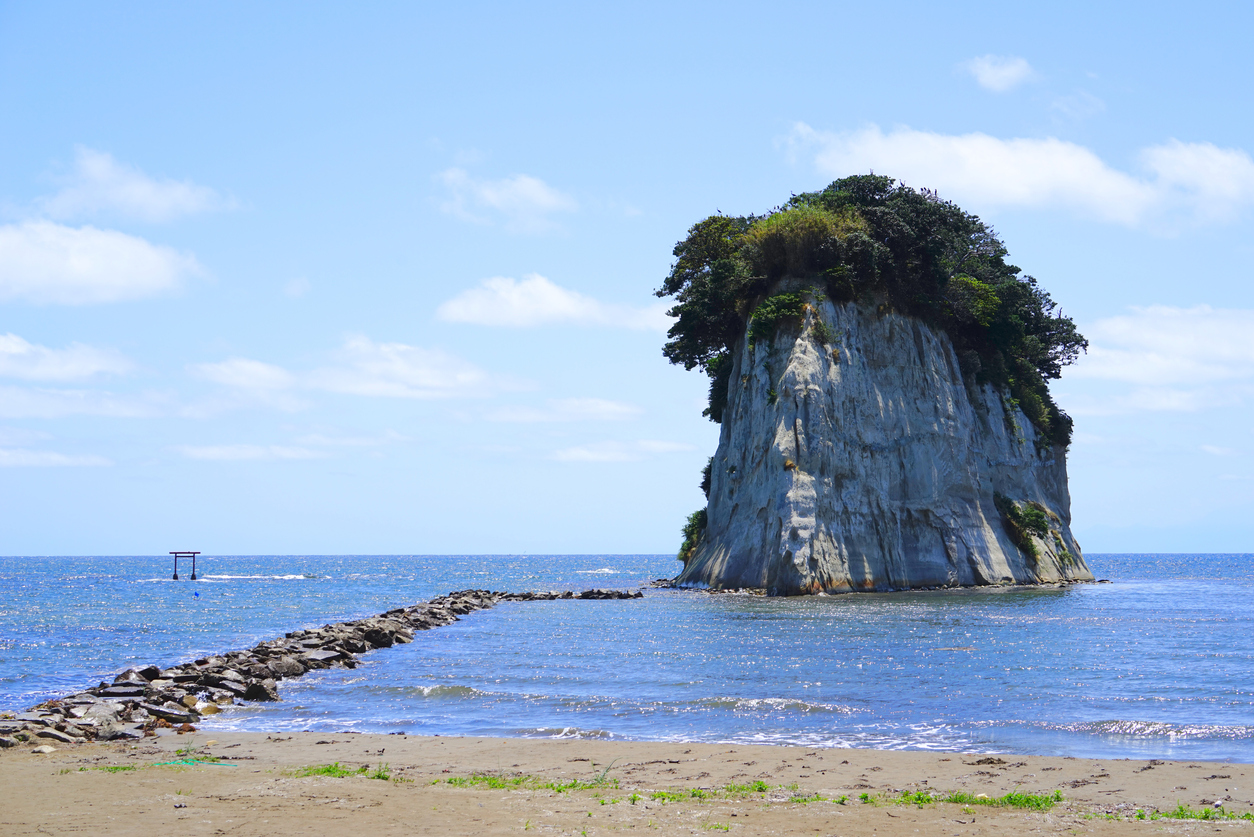2024/02/09
Toward the Recovery of the Noto Peninsula: Present a Roadmap for Revitalization Rather Than Infrastructural Restoration

It has been nearly four weeks since the Noto Peninsula Earthquake. As transport services are gradually recovering, the JR Nanao Line between Hakui and Nanao stations, temporarily closed, has been restored. Now, Nanao City and Kanazawa City are once again connected by rail. Besides, emergency repairs of Noto Airport were completed, and flights by All Nippon Airways Co., Ltd. (ANA) between Haneda Airport and Noto Airport will resume on January 27. At the same time, the mass evacuation of junior high school students has begun, and a secondary evacuation facility system capable of accommodating 30,000 evacuees has been established. On January 19, the prefectural government declared the cut-off areas due to the earthquake were “effectively resolved.” Although the restoration progress differs across regions, prospects for infrastructure-related recovery are gradually being disclosed to the public.
But still, the economic impact becomes substantial. The quake hit the region just before the launch of the Hokuriku Shinkansen line between Kanazawa and Tsuruga stations. If not for the earthquake, the entire Hokuriku area would have been liven up with the campaign to attract tourists to the region. The Noto Peninsula, proud of its scenic landscape, rich gourmet foodstuffs, and unique traditional culture, is an indispensable tourist attraction for Hokuriku tourism and is expected to generate significant economic benefits. The earthquake crushed those expectations in an instant. Despite suffering minor damage, Kanazawa City has lost its liveliness. On the contrary, the earthquake caused immense damage to the fishing industry, which suffered from the largest “seafloor uplift” ever recorded in Japan's history.
On January 24, the Japanese government announced the “Hokuriku Support Discount” program to be implemented to stimulate tourism demand in the Hokuriku region. Government support for small and medium-sized enterprises (SMEs) is becoming feasible. Furthermore, construction of emergency temporary housing units has begun while a considerable number of private rental housing units have started to be procured. On the other hand, the progress of secondary evacuations is reportedly delayed. It is noteworthy that the population aging rate in the affected areas is much higher than the national average. Fundamentally, the elderly will have concerns about leaving their familiar community and moving to a new environment. In fact, how are the disaster-stricken areas, struggling with the accelerated aging and shrinking populations, to be revitalized? It is essential to present a roadmap for revitalization, rather than mere restoration.
Now I come to think of the year 2011, it was March 31 or 20 days after the occurrence of the Great East Japan Earthquake that Yano Research Institute released the estimated amount of reconstruction demand from the earthquake to be 12.2 trillion yen over 4 years (excluding demand from secondary effects related to the nuclear power plant accident).* Subsequently, according to the government's reconstruction guidelines formulated in July of the same year, it was projected to be 19 trillion yen over 5 years and 23 trillion yen over 10 years in total. Similarly, a large-scale reconstruction demand is expected to be generated in the area of the Noto Peninsula in the days ahead. Most of all, ensuring the safety of the afflicted people and expediting infrastructure restoration are urgently needed. However, what is more important is the next step to take. Regarding the recovery of Tohoku area, Yano presented the following recommendations: “Eliminate entrenched old mindsets, address pending issues, and envision a new national landscape, industry, and society while seeking their optimal forms.” Obviously, the eventual goal of revitalizing the Noto Peninsula, which will start from the stage “below zero” should not result in the “repetition of depopulation.” Besides, reconstruction programs that disregard the well-being of disaster victims completely undermine the original intent to assist those individuals. I sincerely hope that revitalization measures will be designed in close collaboration with the affected local communities and established from the perspective of the affected people so that they are rooted in the local communities.
*The aforementioned report, titled “Document: The Economic Recovery Process after the Great East Japan Earthquake and Its Impact on Major Industries,” is available free of charge.
If you would like to receive a copy, please make a request through our website.
When submitting your request, kindly specify in the ‘Message’ field that you would like to receive the report titled “Document: The Economic Recovery Process after the Great East Japan Earthquake and Its Impact on Major Industries.” We will provide you with the material in the order of requests received.
Please click here to submit your request.
This Week’s Focus, January 26
Takashi Mizukoshi, the President